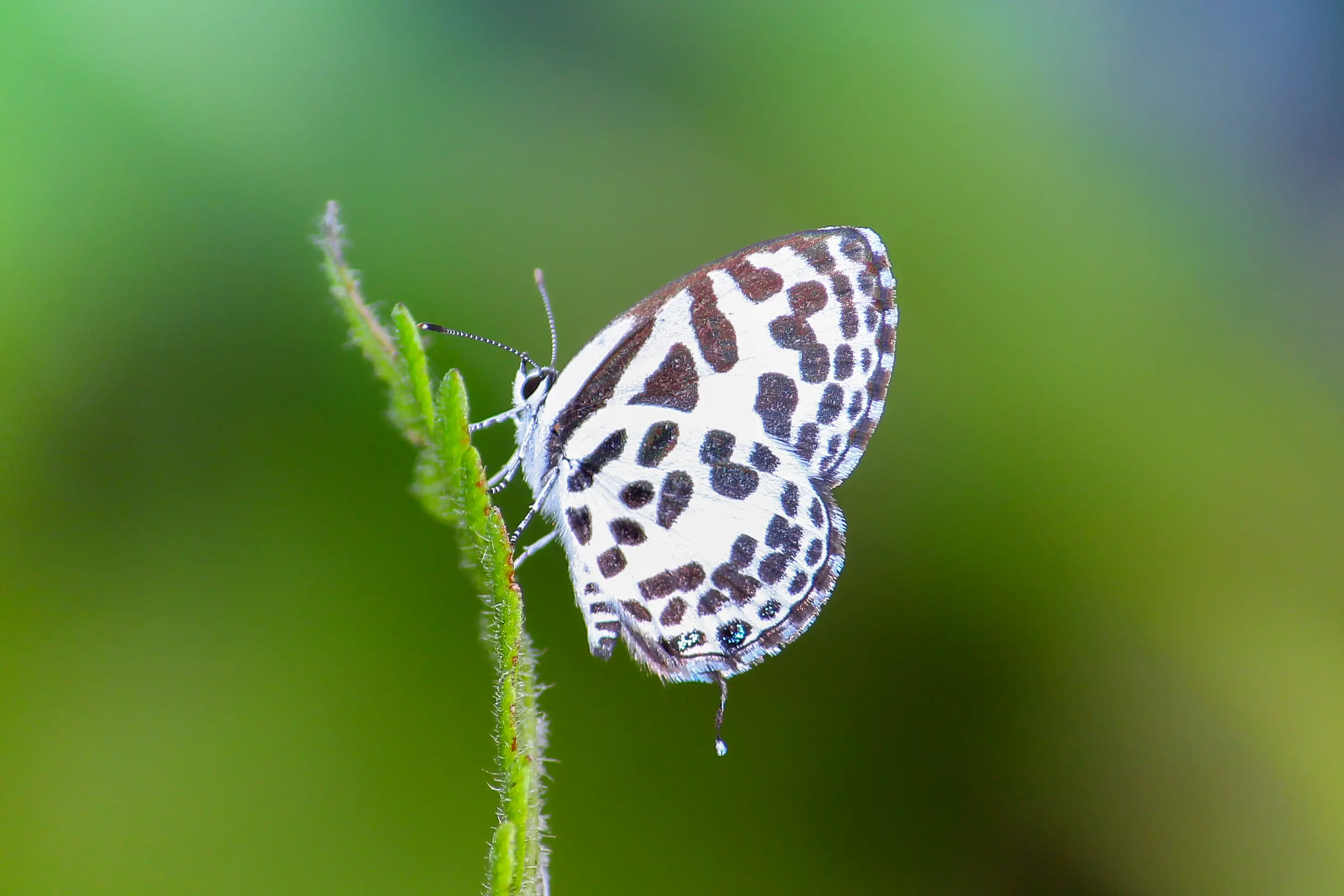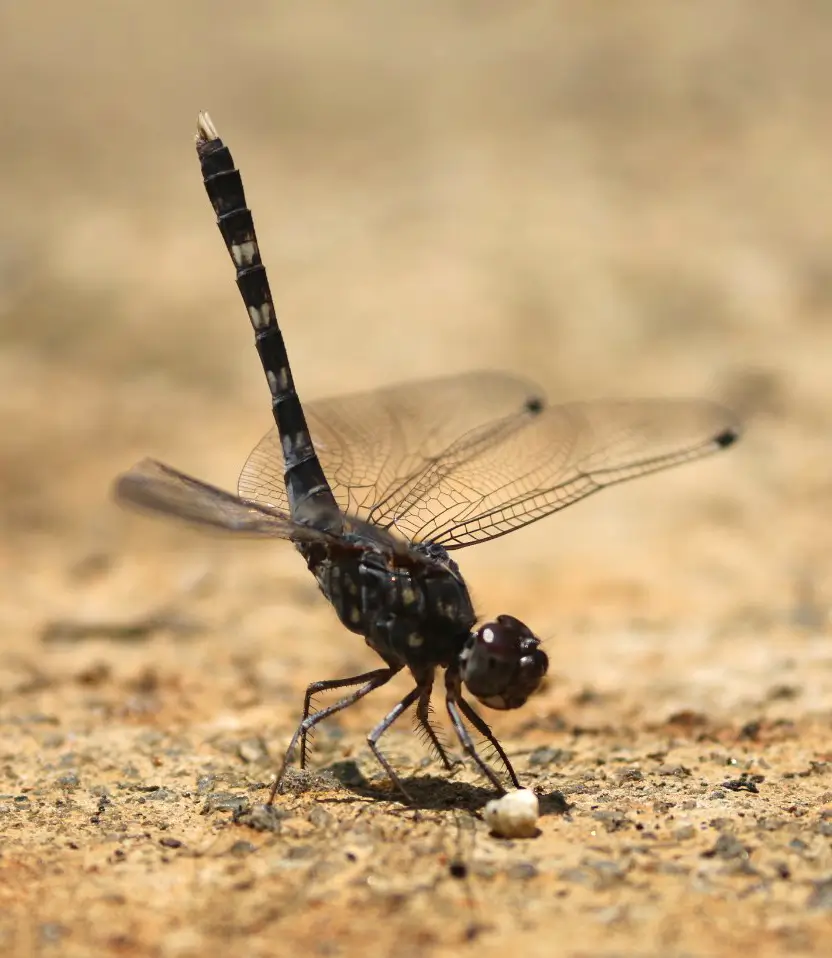Enter The Wild
Whether you're a nature enthusiast, wildlife photographer, or simply someone who enjoys the great outdoors, Victoria Park is the perfect place to explore and discover the natural world. With over 500 acres of diverse habitats and ecosystems, there's always something new to see and experience. From the majestic trees and flowering plants to the fascinating animals and insects that call the park home, there is no shortage of wonders to discover.






